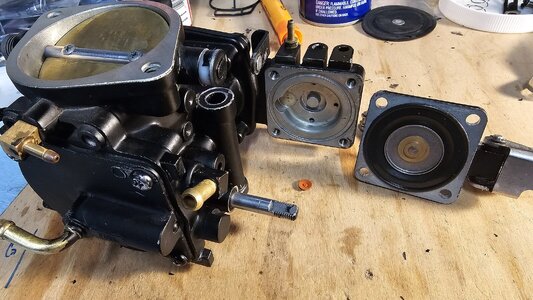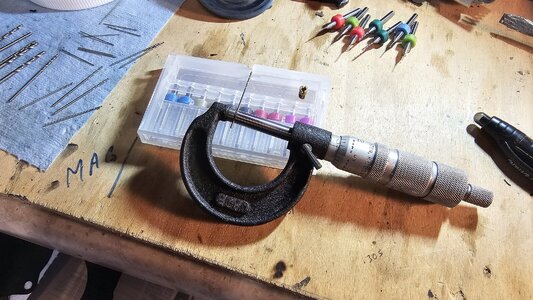rj45lanman
Active Member
Looks like I've fallen victim to the torn orange accelerator pump valve. I barley touched it and it ripped off. So I guess I'm removing the pump and fuel line going to it...
It seems that census on the forum is to change the low-speed jet by 5#'s. Since I have the 951, I believe my stock size is 80 so I'll try going with an 85.
I used to do this work on Holly jets but also drilled them to larger sizes. Has anyone here drilled these out? If so, do you know the bit size?
It seems that census on the forum is to change the low-speed jet by 5#'s. Since I have the 951, I believe my stock size is 80 so I'll try going with an 85.
I used to do this work on Holly jets but also drilled them to larger sizes. Has anyone here drilled these out? If so, do you know the bit size?





